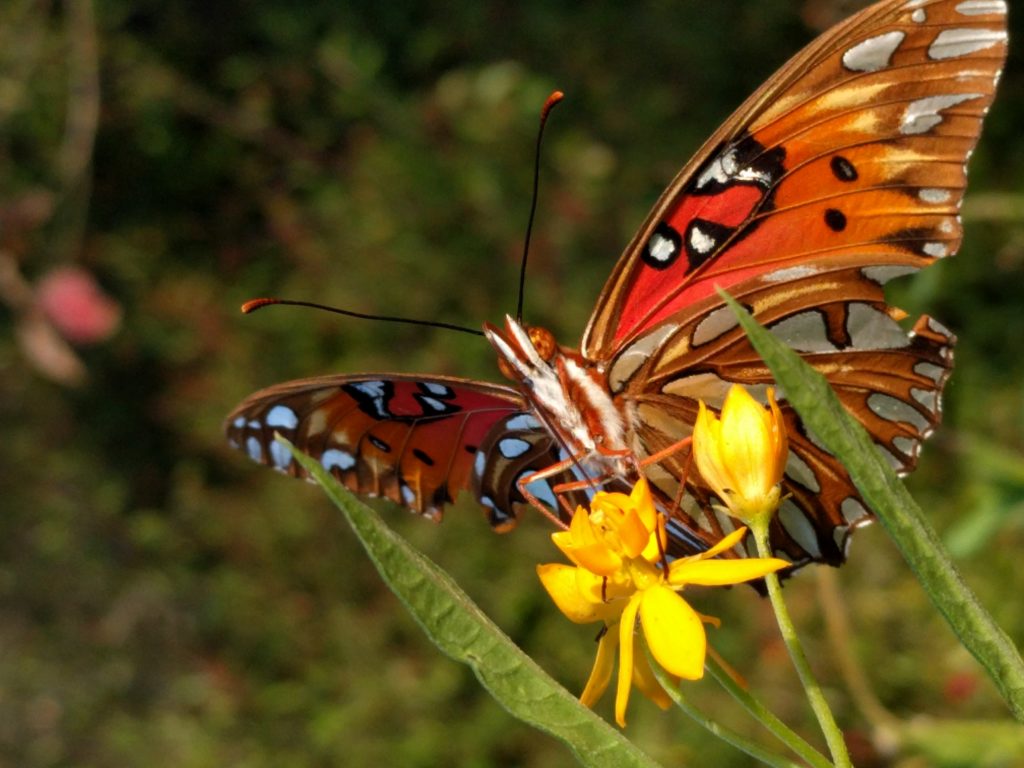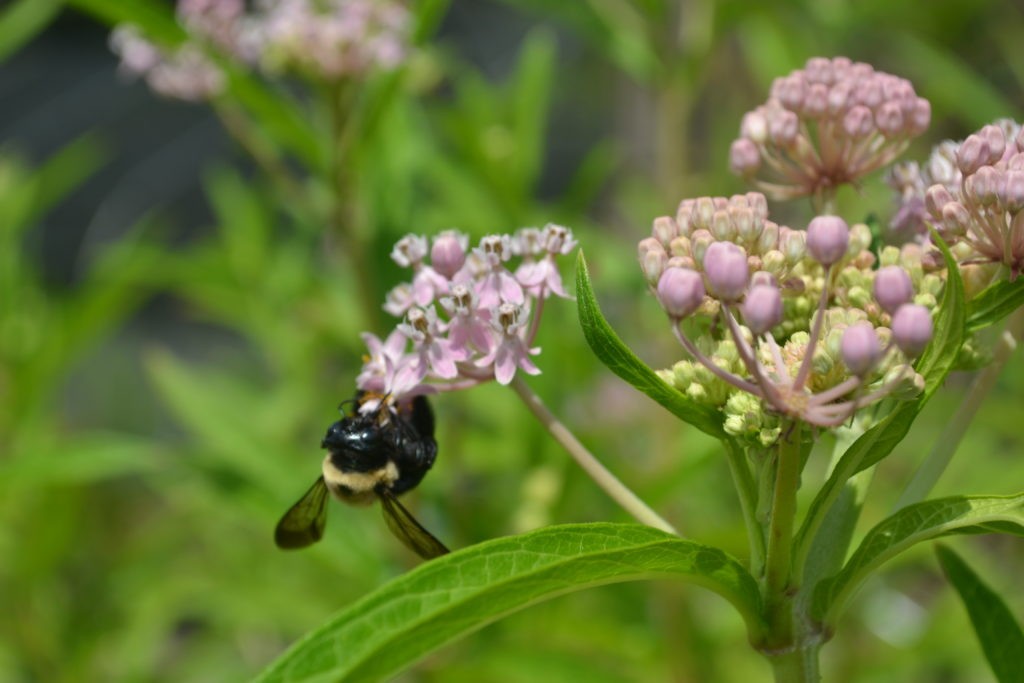How to Invite Butterflies to Your Garden & Help Pollination
Planning is needed to invite pollinators
Edited by Henning von Schmeling, Senior Director of Operations
June 12, 2020
We have all heard the stories of bees and other insects dying out in large numbers. It’s a mysterious phenomenon, however our buzzing friends are not the only ones facing difficulties in populations.
 Pollinators of all kinds – including bees and butterflies – are relied upon heavily in the plant world to, well, pollinate. The relationship between pollinators and flowers is one that most people understand. Butterflies rely on nectar, the sweet liquid found hidden within flowers. As a butterfly lands and sips nectar it unintentionally picks up pollen. By doing that it does the flower a favor by moving its pollen around the garden and ensuring another generation of blooms. While a butterfly may visit a variety of flowers for nourishment, they look for specific plants – called “host plants” – on which to lay eggs. A caterpillar is choosy; it will not munch the leaves of just any plant.
Pollinators of all kinds – including bees and butterflies – are relied upon heavily in the plant world to, well, pollinate. The relationship between pollinators and flowers is one that most people understand. Butterflies rely on nectar, the sweet liquid found hidden within flowers. As a butterfly lands and sips nectar it unintentionally picks up pollen. By doing that it does the flower a favor by moving its pollen around the garden and ensuring another generation of blooms. While a butterfly may visit a variety of flowers for nourishment, they look for specific plants – called “host plants” – on which to lay eggs. A caterpillar is choosy; it will not munch the leaves of just any plant.
 One famous example is the milkweed species of plant. Monarch Butterflies, those bright orange and black butterflies, will only lay their eggs on milkweed, making it essential to their survival. However, if the milkweed is not present when the Monarchs make their annual migration to Mexico, they cannot breed. Likewise, the Tiger Swallowtail, Georgia’s state butterfly, looks for tulip poplar trees, on which to lay their eggs.
One famous example is the milkweed species of plant. Monarch Butterflies, those bright orange and black butterflies, will only lay their eggs on milkweed, making it essential to their survival. However, if the milkweed is not present when the Monarchs make their annual migration to Mexico, they cannot breed. Likewise, the Tiger Swallowtail, Georgia’s state butterfly, looks for tulip poplar trees, on which to lay their eggs.
Henning von Schmeling, with the Chattahoochee Nature Center, said planning is needed to invite pollinators into a garden.
“Everybody always says that you have to plant flowers since adult butterflies eat nectar, but you won’t raise butterflies unless you have the specific host plants that each species of adult butterfly needs to lay their eggs on,” said von Schmeling.
Even if you live in a subdivision where there are covenants with strict landscaping guidelines, von Schmeling suggests locating a section in the back for a natural garden. Butterflies are repelled, and often endangered, by herbicides and pesticides. They prefer overgrown areas, especially with native plants and flowers of the host and nectar plants they prefer and where they can lay their eggs where the caterpillars will thrive.
